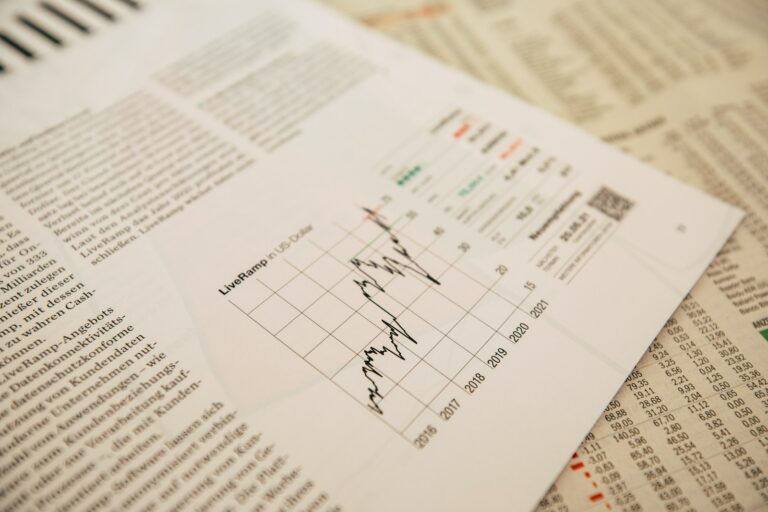Revolutionizing Financial Modeling with AI Integration
Overview
Artificial Intelligence (AI) is redefining financial modeling, not by discarding established theories but by enhancing them with sophisticated data and adaptive computations. A recent study highlights the transformative potential of AI in improving models such as the Capital Asset Pricing Model (CAPM), Mean-Variance Optimization (MVO), and the Black-Litterman model (BLM).
The Power of AI in Finance
In the financial sector, AI is recognized as a fundamental force for innovation. Researchers, including Frank Xing from Henley Business School along with experts from DBS Bank, the National University of Singapore, Nanyang Technological University, and Sloan MIT, assert that combining AI with traditional models can yield enhanced precision and transparency. This integration allows for the incorporation of behavioral data, textual sentiment, and real-time analytics without sacrificing interpretability.
Enhancing Traditional Models
Financial models have long relied on strong theoretical underpinnings. While CAPM aligns risk with return, the Markowitz framework illustrates risk diversification, and the Black-Litterman model harmonizes theory with investor sentiment. However, these models often struggle with real-world complexities. AI offers innovative solutions, such as natural language processing to capture news sentiment, improving risk-return dynamics in CAPM.
CAPM and Sentiment Analysis
By implementing AI-driven sentiment analysis, the CAPM model can adapt to changing market conditions in real time. Large language models can analyze news headlines and macroeconomic reports to modify expected returns, resulting in a more responsive financial model that reflects current investor sentiment.
Stabilizing Portfolios with AI
The MVO framework can be fragile due to estimation errors. AI techniques stabilize asset yield estimates and correlation behavior during market fluctuations. This adaptability is pivotal in ensuring that portfolios remain robust against crises, guiding managers towards safer asset allocations based on changing correlations.
Dynamic Black-Litterman Model
The Black-Litterman model can also benefit from AI integration, which transforms subjective investor views into quantifiable insights. By automating the sentiment analysis process, this hybrid approach allows for real-time adjustments within portfolios, significantly enhancing performance compared to conventional models.
Beyond Traditional Frameworks
The potential applications of AI in finance extend beyond the major models. For instance, the Black-Scholes model can be refined using AI to recalibrate implied volatility surfaces, while interest rate predictions can be adjusted thanks to AI analyses of central bank communications. Such advancements highlight the expansive impact of AI on financial analytics and investment strategies.
Challenges to Adoption
Despite its promise, the integration of AI in financial modeling faces several challenges. Data noise, insufficient model scalability, and an over-reliance on textual signals hinder progress. Additionally, effectively incorporating AI within legacy systems remains complex, echoing earlier industrial transformations where theoretical advancements outpaced practical application.
Future Directions in AI-Driven Finance
For continued progress, several areas require attention. Establishing interoperability standards, conducting robust validations with real-world data, integrating ethical considerations, and combating misinformation will be crucial as the financial industry navigates this AI-driven landscape. The convergence of AI and finance is less about novelty and more about extending the legacy of foundational models like CAPM, MVO, and BLM into the modern era.
In conclusion, the successful integration of AI into finance relies on enriching traditional models while ensuring clarity and trust in their operations. This hybrid approach offers an optimal blend of rigor, adaptability, and transparency, crucial for investor confidence in an increasingly complex global market.

